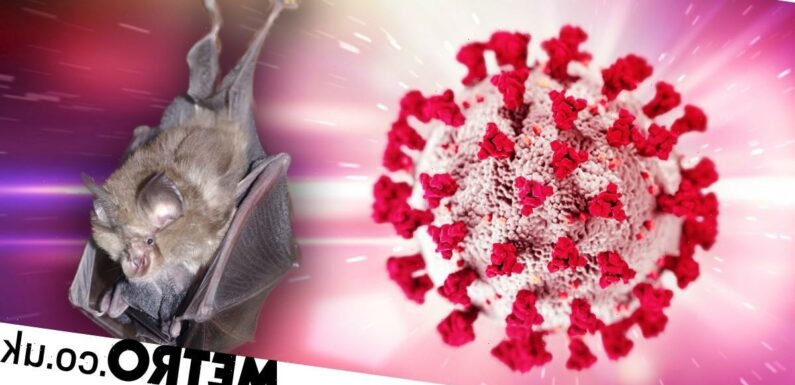
Researchers investigating a newly-discovered bat virus have called for universal vaccines that can tackle multiple diseases.
They believe the virus, found in Russian lesser horseshoe bats in the west of the country, has the potential to infect humans.
And testing revealed it isn’t neutralised by existing vaccines, nor by antibodies from people that have already had omicron.
Although they don’t think it is likely to cause disease in humans in its current form, scientists are concerned it could mix with other viruses that can.
The virus — Khosta-2 — is a member of the same group of coronaviruses as SARS-CoV-2, which causes Covid-19.
The research team from Washington State University in the US say their testing shows that broader vaccines that protect against this entire virus group — sarbecoviruses — are needed.
Virologist Michael Letko, who co-authored a study on the virus, said: ‘Unfortunately, many of our current vaccines are designed to specific viruses we know infect human cells or those that seem to pose the biggest risk to infect us.
‘But that is a list that’s everchanging. We need to broaden the design of these vaccines to protect against all sarbecoviruses.’
Teams are working on these kinds of vaccines, but they face challenges including a lack of funding and other problems, according to Science.
In spite of calls for these jabs from the World Health Organisation, as of July, just one vaccine canditate had entered clinical trials.
There are many sarbecoviruses circulating in animal populations around the world. Lots of them can’t infect humans, but discoveries like Khosta-2 may serve as a wake-up call.
Although it’s thought to lack some of the genetic ingredients needed to actually make humans sick, the research team are concerned about its potential to mix with other viruses that could make it more dangerous.
Letko said: ‘When you see SARS-2 has this ability to spill back from humans and into wildlife, and then there are other viruses like Khosta-2 waiting in those animals with these properties we really don’t want them to have, it sets up this scenario where you keep rolling the dice until they combine to make a potentially riskier virus.’
The research was published in the scientific journal PLOS Pathogens.
Source: Read Full Article

